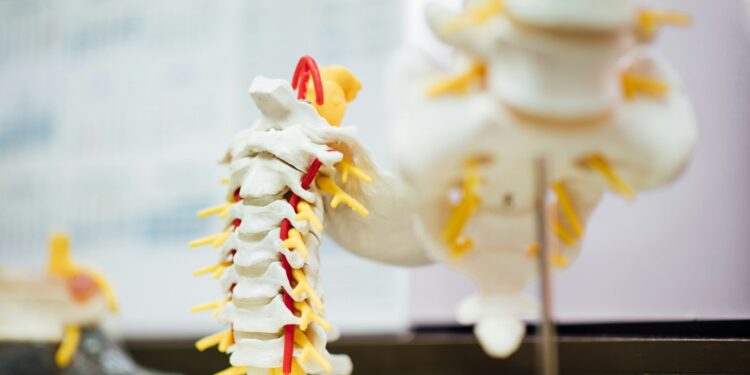It is a revolutionary implant.
A recent pilot study has shown promising results for people with spinal muscular atrophy (SMA), a disease that weakens muscles over time. The study tested an implanted device that delivers low-level electrical pulses to the spinal cord, with the goal of stimulating weakened muscles. The device was tested on three adults with SMA, and the results were unexpected—participants experienced improvements in their movement and walking ability. This could potentially offer new treatment options for SMA and other similar muscle-wasting diseases.
SMA affects motor neurons, which send signals from the spinal cord to muscles. As these neurons deteriorate, muscles weaken, making basic functions like walking and breathing challenging. The device used in the study helps activate the muscles by sending electrical pulses to the lower spinal cord. Researchers measured participants’ strength, fatigue, and walking ability when the device was turned on and off. Although the device did not restore normal movement, noticeable improvements were seen, such as participants walking farther and improving their gait.
One participant, Doug McCullough, shared that he was able to stand from a kneeling position, something he couldn’t do before the study. Another reported that their stride length increased significantly. Despite these positive changes, the benefits were not permanent. After the device was removed, some participants continued to feel stronger for a while, but the effects gradually faded. This suggests that while the device could offer short-term improvement, further research is needed to determine its long-term effectiveness.
The study’s findings, published in Nature Medicine, are seen as a significant step forward in the treatment of SMA. Neuroscientist Susan Harkema praised the study for its contribution to understanding human spinal circuitry. While the study was small and short in duration, it provides hope for new therapies for SMA and similar conditions, showing that spinal cord stimulation could be an effective way to improve mobility for individuals with progressive muscle diseases.
Further studies with larger groups and longer timelines are necessary to fully explore the potential of this treatment. However, the results suggest that spinal stimulation may play a key role in managing conditions like SMA, offering patients a chance to improve their quality of life. The research marks an important milestone in the quest for better treatments for diseases that affect the spinal cord and muscles.

































Discussion about this post